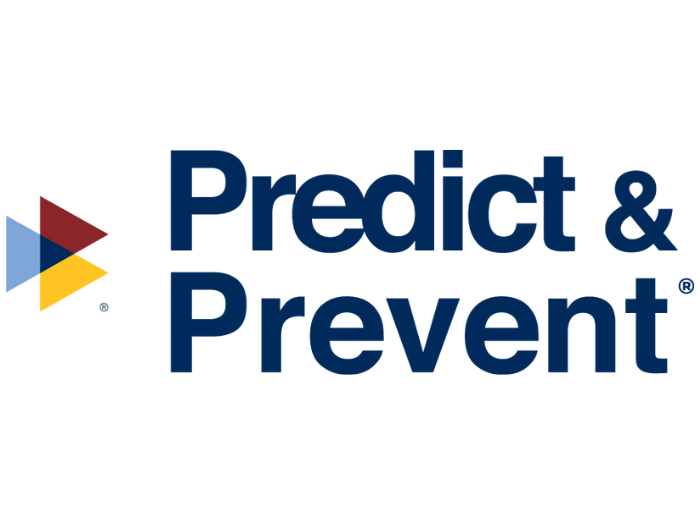Risk Insider: Eric Copple
For Better Renewals, Follow Pixar’s Lead
Everybody loves a good story. Your insurance underwriter is no exception. They would love to know what makes your company stand out as the true hero, a rose in a field of thorns, but the underwriting process is slanted toward identifying the villains in your story instead.
So, how do you control the message of your company in the insurance renewal process? How do you assure that you are getting the underwriter to see you as the hero?
You have to create the risk management story.
When learning how to create a good story it might help to turn to the experts at Pixar Entertainment. After all, they have made gobs of money by telling the right story: not only the villains and heroes, but also the cast of characters and scenarios that capture the hearts of viewers both young and old.
Emma Coats is an accomplished storyboard artist who formerly worked at Pixar. Emma once said, “Every good movie that Pixar puts out follows the same story structure,” described as follows:
“Once upon a time, there was __________. Every day, __________. One day, __________. Because of that, __________. Because of that, _________. Until finally,__________.”
I would argue that every company’s risk-management challenges and processes fall in line with this story structure, both the exposures AND the treatments.
We rarely give full credit to the character who admits guilt and promises to do better. We do, however, give credit to those who can prove a track record of positive change in the past.
Businesses often struggle to manage risk because they lack a framework to properly identify, prioritize, and therefore mitigate risk. Over and over again, we have witnessed risk-managers’ attempts to get key stakeholders to identify exposures while also creating ways to clarify the outcome of any potential issue. This fruitless struggle prevents them from being able to create a good story.
We rarely give full credit to the character who admits guilt and promises to do better. We do, however, give credit to those who can prove a track record of positive change in the past.
Use this as an exercise for your own businesses. Take a claim or lawsuit from your experience and plug it into that storyboard. Perhaps it can help you identify a valuable solution.
Take this example:
“Once upon a time there was a profitable company that made widgets. Every day the employees stamped out widgets on their production machines. One day, a storm blew in. As a result, the roof blew off of their building, causing their manufacturing equipment to get wet and damaging valuable electronics. Ultimately, the company was unable to make widgets anymore.”
What can you do to change the ending of that story? How about:
“Once upon a time there was a profitable company that made widgets. Every day the employees stamped out widgets on their production machines. One day, someone asked a question about “duplication” of processes. In response, one of the owners became concerned about what could happen if the machines were damaged. As a result, the company made an agreement with another local machine shop to use their excess machinery in case of an emergency. Ultimately, everyone agreed that this was a good back-up plan, and they went about their merry way with a very successful business.”










